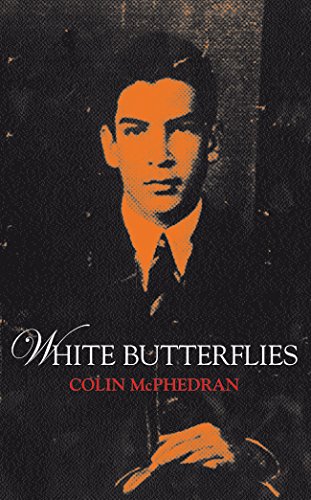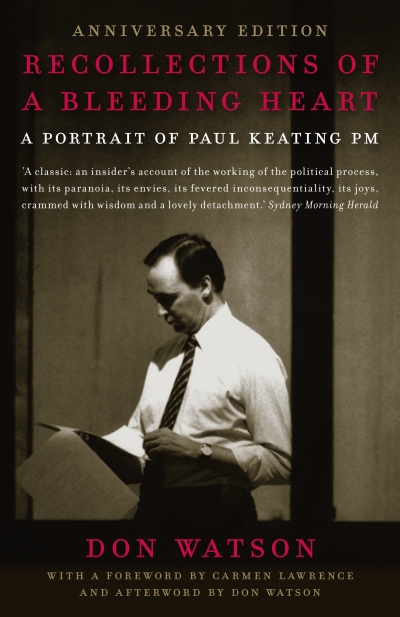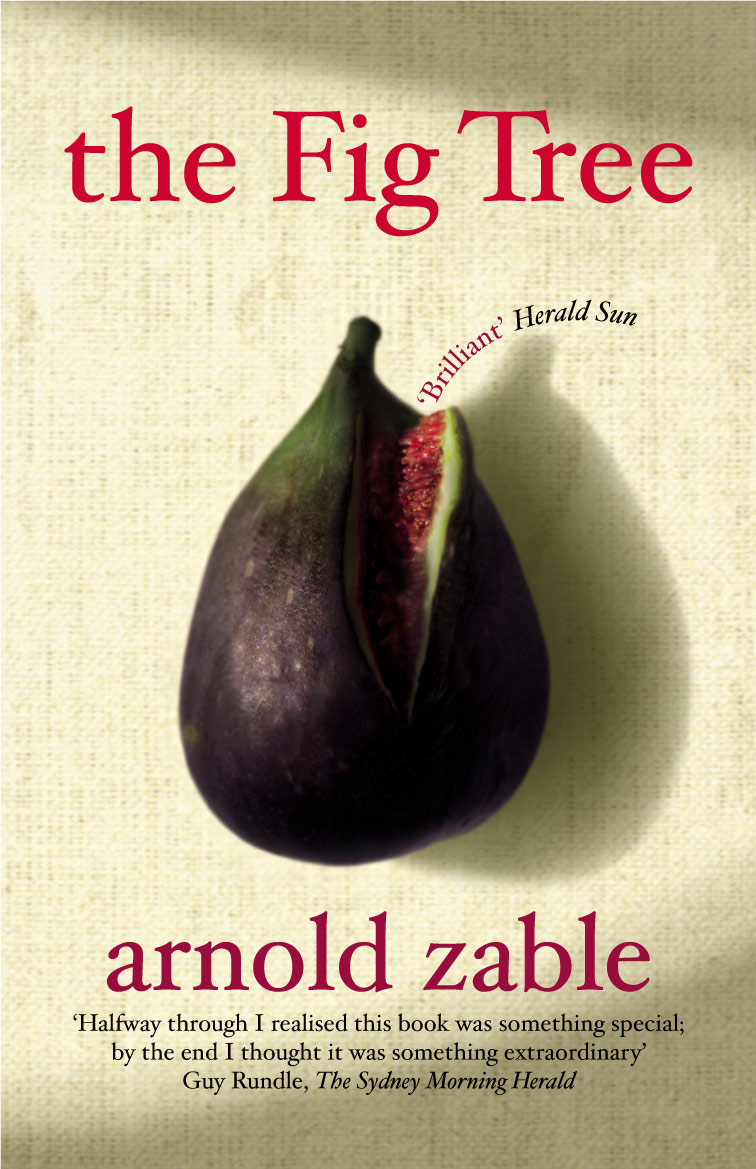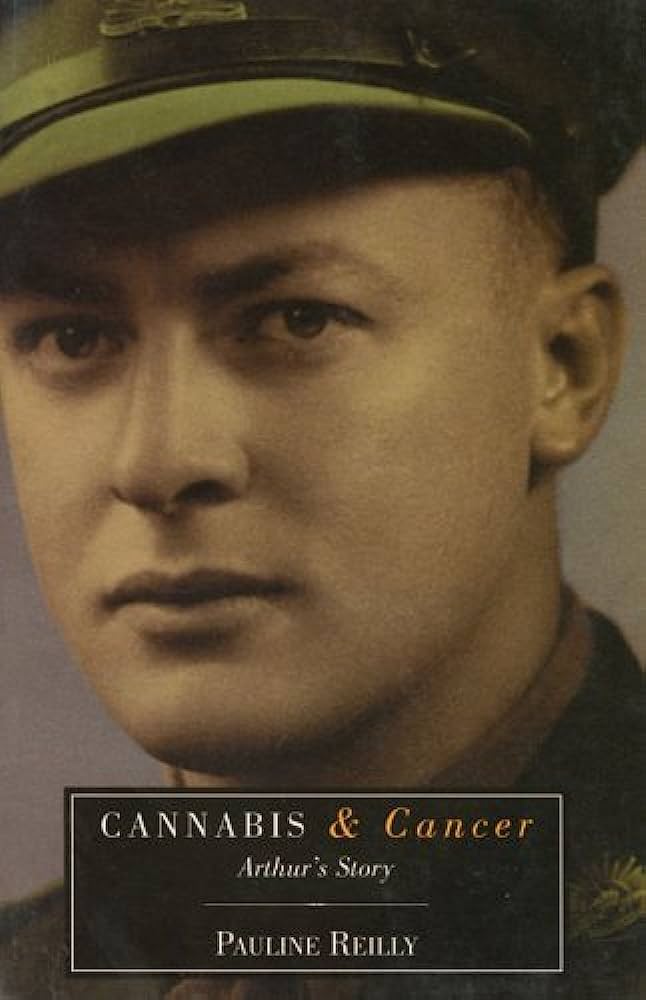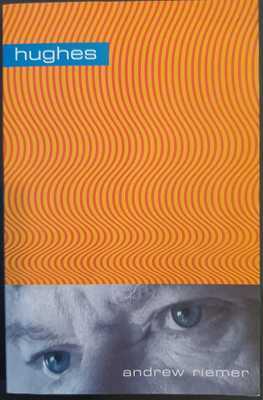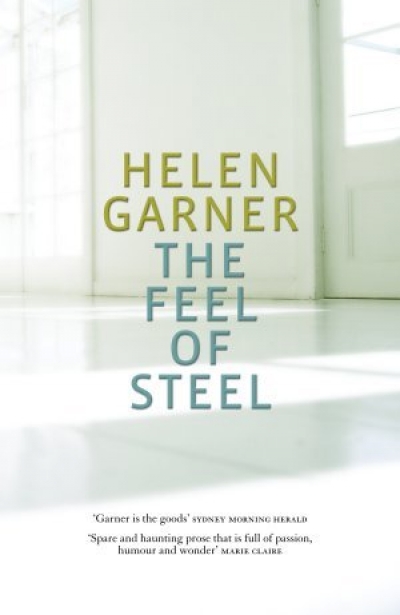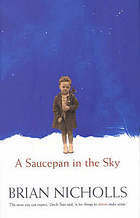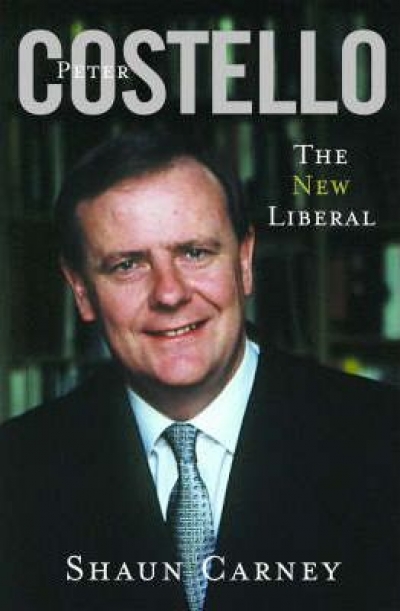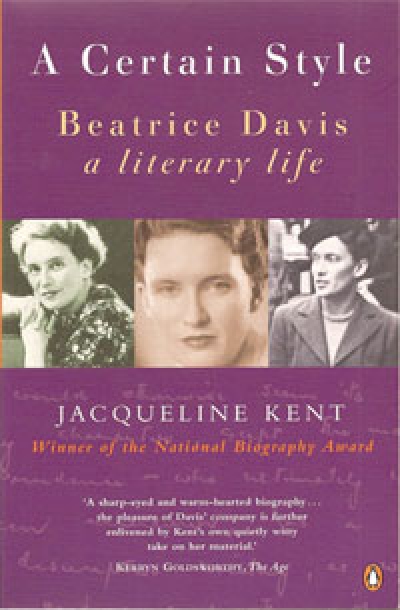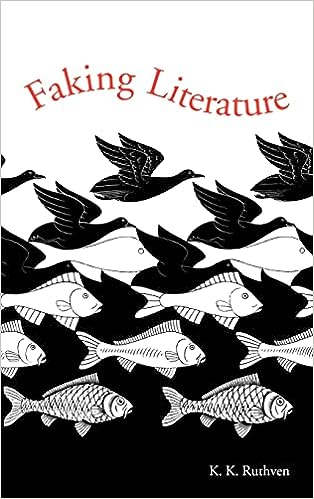Non Fiction
Colin McPhedran, the son of a Burmese mother and a Scottish oil company executive father, was living a comfortable middle-class colonial life in Central Burma with his mother, sister and two brothers when the Japanese invaded the country in 1941. He was eleven years old. The invasion spread terror throughout the population, which feared the notorious savagery of the Japanese army. The European and mixed races felt particularly threatened, and Colin’s mother made the fatal decision to flee their comfortable villa and escape to India. The children’s mixed parentage concerned her; she resolved to undertake the journey with her three younger children. She was especially anxious about her fifteen-year-old daughter whose youthful European beauty would, she thought, make her a special target for sexual abuse. Colin’s father did not play any part in this disastrous decision, having escaped to Calcutta when Rangoon fell to the Japanese.
... (read more)Recollections of a Bleeding Heart: A portrait of Paul Keating PM by Don Watson
What is it about Paul Keating that so fascinated his retainers? Six years ago, John Edwards wrote a massive biography-cum-memoir taking Keating’s story to 1993. Now Don Watson has produced an even heftier tome. Narrower in chronological span – 1992 to 1996 – Watson is broader in his interests, more personal, more passionate ...
... (read more)How does Arnold Zable do it? After two finely wrought, deceptively simple books on Holocaust themes, he has brought out another, linking tales of the Greek island of Ithaca with the stories of his parents, Polish Jews, and their contemporaries who settled in Melbourne just before or just after the Annihilation, as Zable prefers to call the Holocaust.
It is tempting, and dangerous, for a writer to return perpetually to the obsessions that drive him. The Holocaust and its manifold aftermaths is a literary seam in danger of being mined to exhaustion. But Zable’s heritage, replete with a strong Yiddish-Polish culture, is so rich, his approach so fresh, that his readers will follow him willingly down some well-worn paths.
... (read more)Cannabis and Cancer: Arthur’s Story by Pauline Reilly
This is a book about pain. In December 1999, Arthur Reilly was diagnosed with life-threatening cancer. The methods of relief offered to him, principally morphine, had drastic side-effects which undermined what pleasure he might have found in living. For four months, he lost weight and showed little interest in his usual activities. He became depressed and contemplated suicide.
... (read more)Hughes by Andrew Riemer & Ellis Unpulped by Michael Warby
Sydney, as everybody knows, is Australia’s world city, always has been. It offers the urban metonym – Opera House sails – which, together with Uluru, is Australia to the outside world. And it generates, or generated, a particular kind of intellectual, the Sydney larrikin, rogue male. These books claim to cover two such, Bobs Hughes and Ellis. How might we receive them?
... (read more)Following True Stories, published in 1996, The Feel of Steel is Helen Garner’s second collection of non-fiction. It comprises thirty-one pieces of varying lengths. Longer narratives such as ‘Regions of Thick-Ribbed Ice’, about a hair-raising trip to Antarctica, and ‘A Spy in the House of Excrement’, about the outcome ...
... (read more)How to shape the fiction of one’s life? There is something to be said for the no-nonsense narrative thrust of Errol Flynn in kicking off My Wicked, Wicked Ways, one of the most readable and also self-consciously ‘literary’ of all showbiz autobiographies. ‘Detesting’ books that begin after the fashion of ‘there was joy and happiness in the quaint Tasmanian home of Professor Flynn when the first bellowings of lusty little Errol were heard’, the actor-autobiographer gets straight to what he archly calls ‘the meat of the matter’: his tumultuous film career and the associated carnal exploits that constituted his notoriety.
... (read more)Selling books is a difficult business. Publishing, too. Booksellers and publishers need courage and imagination. A book about a contemporary Federal politician with the adjective ‘new’ in the title displays both these qualities. Tony Blair may have got away with ‘New Labour’ in Britain. In Australia, a large part of the disenchantment with politics and politicians stems from the feeling that, apart from the fresh face of Natasha Stott-Despoja, there’s nothing new around; no new ideas, no articulated vision of where the country might be in ten or twenty years’ time, nothing inspirational. Perhaps something might emerge before the next election. But no one’s holding their breath. All the signs, surveys, focus groups, radio talk-backs, flirtations with maverick independents show that Australians are looking for something better from Canberra. And they have vestigial hope. So the word ‘new’ in the title is not so stupid after all. It’s based on the theory that hope usually triumphs over experience. People might buy the book hoping for the revelation of a ‘new Liberal’.
... (read more)A Certain Style: Beatrice Davis: A Literary Life by Jacqueline Kent
In September 2018, NewSouth published a new edition of A Certain Style.
On a chilly evening in 1980, a stylish woman in her early seventies, wheezing slightly from a lifetime’s cigarettes, climbed a staircase just beneath the Harbour Bridge, entered a room full of book editors – young women mostly, university-educated, making their way ...
Nothing divides people as much as the idea that history is a text and, in many cases, a fiction. It’s the sort of notion – more or less accepted by academics in the Humanities – that really annoys ‘among the barbarians’ public intellectuals. Point out that history is written by the victors, that much of what we think of as gospel was written decades after the event from secondary sources (the Gospels, for example), and that the bulk of tradition, from Scots tartan to Christmas, is a nineteenth-century confection, and their anger becomes tinged with panic. It’s vertigo, but one of time rather than space – the sudden realisation that you are standing on nothing but the present, with the texts and living witnesses (whose memories are texts) inhering in the present.
... (read more)

